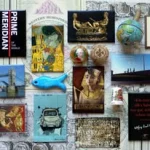I was born in this town in Central Slovakia! Although I was only one year old when we moved away, a very special feeling arises in my mind every time the name of this town is mentioned somewhere. I think this is owed to the fact that Banská Štiavnica is really a unique town. You will hardly find any other similar city like this one in Slovakia.

Suddenly, you don’t want to be alone because you would like to share your smaller or bigger discoveries in hidden corners or on the facades of the houses of this town. Or just to share your feelings while walking through the streets. So it is better to not come on your own here, preferably you should come as a couple to be able to more easily adapt to the rush of romance and nostalgia which attacks everybody who visits Banská Štiavnica.

According to a legend, a shepherd caught a glimpse of two lizards whose spines were shining with gold and silver dust. The shepherd wanted to take a closer look at the wonder, but the nimble lizards took cover under a stone. When the man rolled it aside he found gold. It is said that this was the beginning of the famous town, which once belonged to the most important towns in the Austrian-Hungarian monarchy. And what happened to those lizards? You will find them on the coat of arms of Banská Štiavnica!

Every house on the square is different. They were built by rich mine owners, even today, they are called after those families who used to live in them. In the Middle Ages, the ore was mined directly here! You may not believe that almost all these houses with beautiful facades have a gouged adit to an underground mine in the back. The houses are stuck to a slope. If you enter the house from the square, you will be on its ground floor. However, if you come in from the back street, then you will find yourself on the first or even second floor of the house! When the mining stopped in Banská Štiavnica, people used the adits as natural refrigerators or wine cellars.

Continue walking along the square. You will also see the building of the Evangelic Lycée, once a school with a high reputation with many renowned students, especially writers and poets – among them: Andrej Sládkovič (we will hear much more about him), Sándor Petöfi, Ján Palárik and Pavol Dobšinský.
If you continue walking upwards, suddenly a sad feeling will press on your soul. Here, you will see abandoned buildings standing and dying slowly. Although you can still see some traces of beautiful ornaments on their facades, now they are “decorated” with a warning sign only: don’t enter or don’t park your car here…

Hold the hand of your partner and recall the famous hit “I want to hold your hand”. You may see a picture of four crazy boys, full of youthful energy and spontaneity. It looks like they are ready to jump out of the photography…

Dezo was the very first official photographer of The Beatles, but many other famed faces of the world show business of the sixties and seventies also stood in front of his lens. What a pity, that except for one memorial plaque there is nothing more inside the house that could remind of that famous globetrotter. There is also an adit in this house. When we peeped into it, there was only empty darkness and a bat. I am sure the bat didn’t like a group of people with strange small flashing boxes disturbing his daily sleep…
Turn round and go slowly back. Once more, have a look at those houses along the paved main square which were rebuilt several times according to the architectural fashion style at those times. Years ago, it used to be very lively here. The square was a place of regular markets.

A Plague Column made of rose rhyolite dominates the square. It was erected to remember the great plague in 1710 when 5,000 people (half of the town population) died! No wonder that people turned their requests for help towards Heaven. After their suffering was over, they built this column as a symbol of a new beginning. As a symbol of faith, hope and love.

Take a look also at the coats of arms of Banská Štiavnica (the lizards), the crown lands of the Habsburg Monarchy and the Brotherhood Treasury. There are statues of the Immaculate Mary, angels and other saints and patrons of miners, too. The column was consecrated in the presence of two sons of Maria Theresa: Joseph II and Leopold I.

The Roman Catholic church was built around 1490. It is also called the “Slovak church” by local people because priests used to deliver a sermon in the Slovak language also in the past (there is also a German church in the town which used to be visited by the German elite of the town). Since we have chosen the name Katarína for our daughter I will always have a special relation to the churches named after this saint and I will want to see the interior as well. There is a low entrance fee.
Opening hours:
June and September: Saturdays 9.00 – 17.00
July and August: every day 9.00 – 17.00, Sundays 13.00 – 17.00

If you come to Banská Štiavnica with your boy/girlfriend as I recommended in the beginning of this post, then you should definitely visit the House of Marína Pischl.

Marína came from a rich family who lived in this house. She used to look out the windows to see her love – Andrej Sládkovič, a poor student of the Evangelic Lycée at that time (later a renowned Slovak poet, publicist and translator). The professors of that school recommended Sládkovič to the Pischl family as a teacher for Marína‘s younger siblings.






If you want to be a member of the Club, you have to pay a one-time fee and answer the following question: What is love? Who knows what an answer would have been once given by Marína. Sládkovič left the town to continue his studies in Halle in Germany. Before they bid farewell, Sládkovič bought her a silver ring from his last money and Marína gave him a golden one… Although she was waiting for him, she was already 25, so her mother found a rich bridegroom for her – Juraj Gerzsö, a gingerbread baker and wax producer. The fate had no mercy upon Marína. Her husband died, as well as their children except for one son Carl, she survived even some of her grandchildren. She spent her last year sitting at the window and knitting socks. Maybe she was hoping to see her love again hurrying up to the lycée. During a walk, she fell into a lake, the local people condemned it as an attempted suicide, they proclaimed her incapable and confiscated her fortune. The son Carl came to her funeral from Vienna, the next day, he went into their house and shot himself… Marína is buried in the family grave at one of the cemeteries in Banská Štiavnica.

After the Patent of Toleration from 1781, also non-Catholic Christians were allowed to build their churches but with some restrictions: they have to manage it within three years and the church must not have a bell-tower. The adherents of the Evangelical Church of the Augsburg Confession in Banská Štiavnica erected their new church with a cupola instead of a tower and used the place of an old wooden church between two houses. That is why the church has an unusual elliptical ground plan.

In this church, Andrej Sládkovič used to sit on the second bench on the left side. It was here, where the wedding of his love Marína took place. She donated brocade covers for the altar made of her wedding dress and two silver candle holders. One year later, it was here, where Sládkovič was consecrated for an Evangelic priest. He left the town, went to the village of Hrochoť and started his own family. One day, he came back to Banská Štiavnica and looked for Marína to give her back the ring. This was the end of the big love story. Nevertheless, we have his poem and children in Slovakia still learn about Sládkovič and Marína at school…

This is the Town Hall of Banská Štiavnica. There is a clock on its tower which can confuse you – the big hand shows hours and the small one minutes. Why is it like that? Well, some people say that this is the decision of town councilmen who thought that an hour is longer than a minute so the hand must also be bigger…

Indeed, it was the first church in the town built in the 13th century as a Romanesque basilica. In the 16th century, it was very important to fortify the town because the shine of gold and silver from the local mines started to attract the aggressive Ottomans. The church was converted into a fortress. We call it the Old Castle because there is also a new one in the town, however, we leave the building of the New Castle for our next visit. In the Old Castle, you can admire the permanent exposition of the Slovak Mining Museum. More info: here


Although it looks more like a romantic building thanks to its Baroque facade, the gate was also part of the fortification against the raids of the Ottomans. There were several similar gates but only this one remained until the present time. Through this gate, emperor Francis I entered the town during his visit in 1751.
Returning back to the center, make a short stop at a former hostel. During my last visit, the building was abandoned, still, it was possible to open the gate which was closed just with a piece of wire. If you manage to come through the gate, you will enjoy one of the best views of the town.

Just imagine what the DNA of the people who live here is? The town together with its tributary villages was the second-largest settlement on the territory of Slovakia at the end of the 18th century! Thanks to the mining of the precious metals, experts from Saxony and Tyrol came and settled here, the mine owners were Germans, the mineworkers and craftsmen were Slovaks. Students of the schools belonged mainly to the German or Hungarian nationalities. Lutherans, Catholics, Jews…

Wherever you go, a hill with two towers will always appear on the horizon. The hill is a remaining of the turbulent geological period of the past history of the mountains now surrounding Banská Štiavnica. Actually, it is the remains of a stiffened column of lava.


It is almost true because a fundamental renovation of the Calvary started in 2008 only. A year before, it was put on the list of the 100 Most Endangered Monuments in the World! The sacral complex was built in 1744 – 1751, initiated by the Jesuit priest Francis Perger. For 200 years, the Calvary was a popular pilgrimage site but communists didn’t like to see so many believers and worshipers gathering in one place and banned the pilgrimages. The objects started to fall into ruin. What was not destroyed by time, was finished by vandals and thieves.
You will find more information about the Calvary and its renovation in the visitor center at the Lower Church and also: here. Don’t forget to put on comfortable shoes which are actually recommendable for the entire visit of Banská Štiavnica!!! Climbing is not so strenuous but you should keep in mind that you need about 30 – 40 minutes to get here from the center. It is better to use a car or take a taxi to get to the foot of the hill with the Calvary.




Now it is time for a cup of good coffee. Go back to the center, to Andrej Kmeť street. An elevated terrace for pedestrians stretches along one side of the street. People call it “trotuar”. It is lined with many cute shops and cafes. Every interior is unique.





It is a quiet street near the Square of the Holy Trinity which offers an amazing view of the historical center and surrounding hills. The street is lined with beautiful houses – mining officers, notaries, merchants and professors of the Mining Academy once lived here. Take a walk or just sit down on a low wall. Romance is guaranteed.

Yeah, you got that somethin’
I think you’ll understand
When I say that somethin’
I want to hold your hand
I’ll be very happy if this article inspired you to visit Banská Štiavnica. Please share it with your friends and other travel enthusiasts! Of course, there is much more to see in Banská Štiavnica, I am sure we will come back to this town on our blog as well!
Text: © Copyright Ingrid, Travelpotpourri
Fotos: © Copyright Ingrid, Travelpotpourri
Slovakia
969 01 Banská Štiavnica, Slovakia
Slovakia

 TRAVEL
TRAVEL
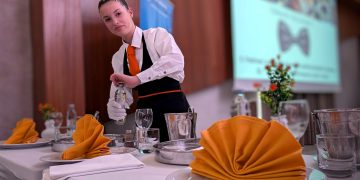


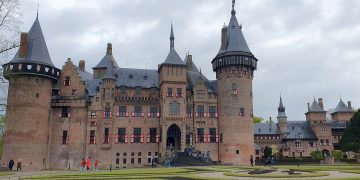
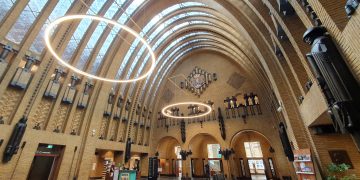
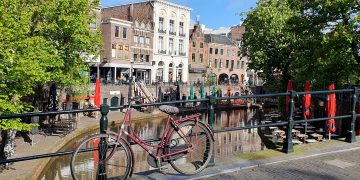
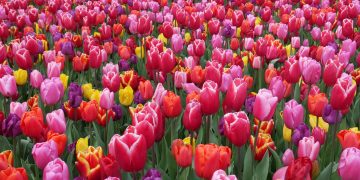
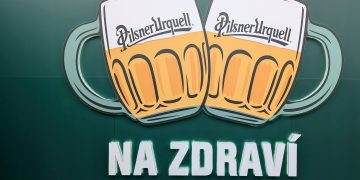
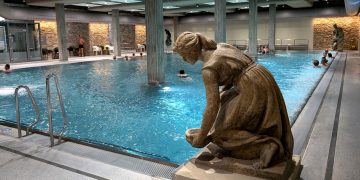
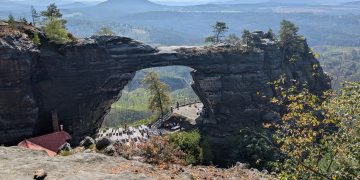
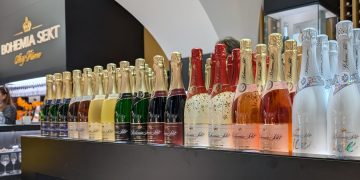
 RECIPES WITH A STORY
RECIPES WITH A STORY
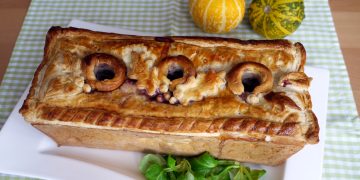
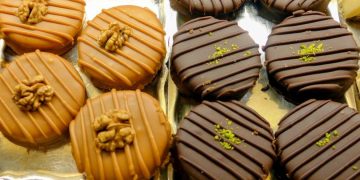


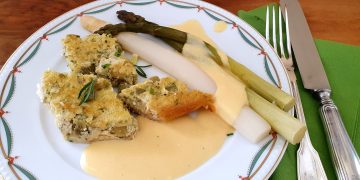
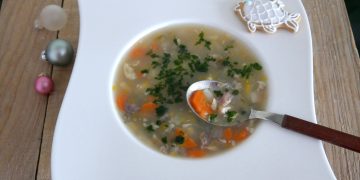

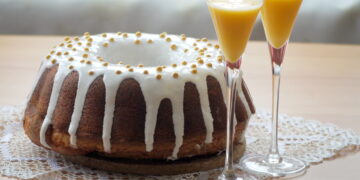


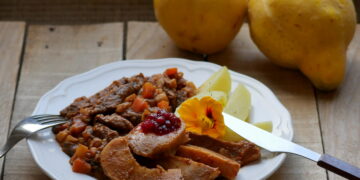
 AUSTRIA-VIENNA
AUSTRIA-VIENNA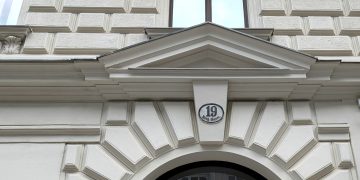
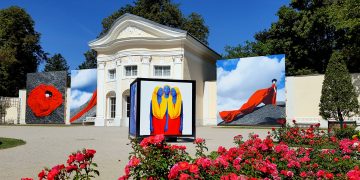
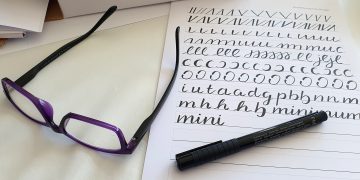
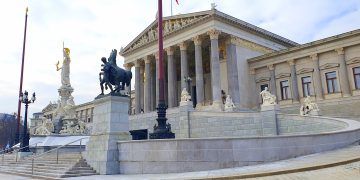
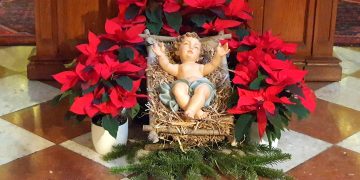
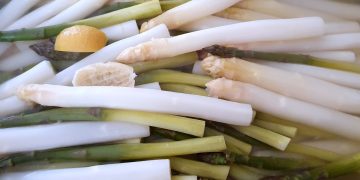
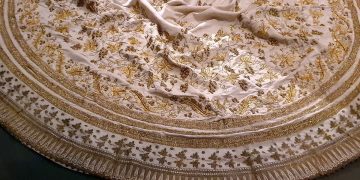
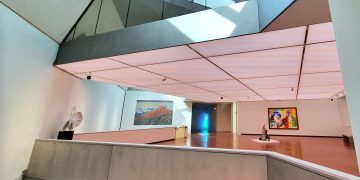
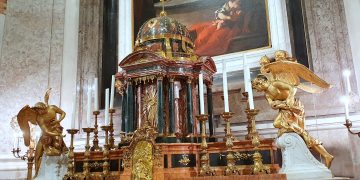
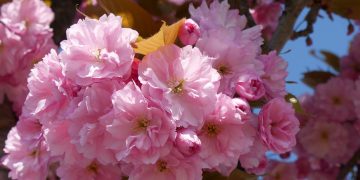
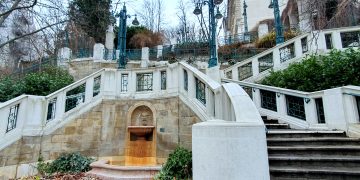

 SLOVAKIA-BRATISLAVA
SLOVAKIA-BRATISLAVA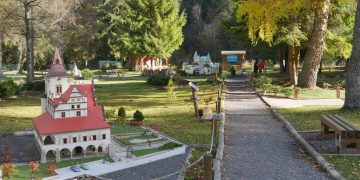
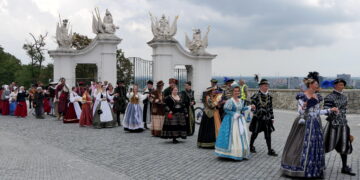

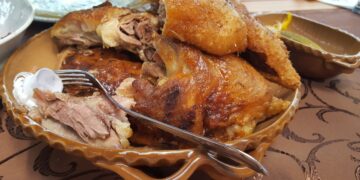
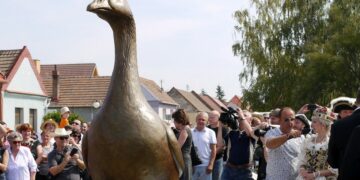
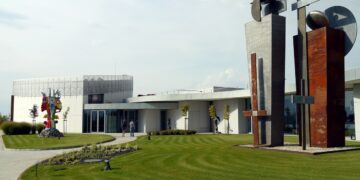
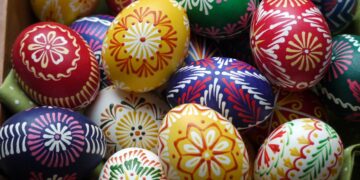
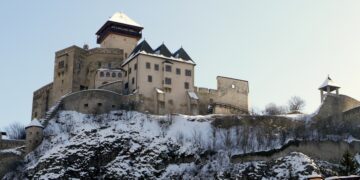
 EVENTS
EVENTS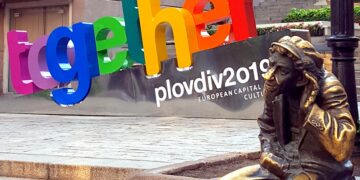
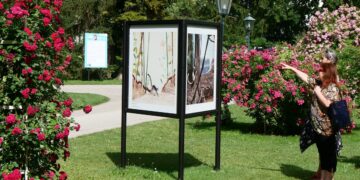
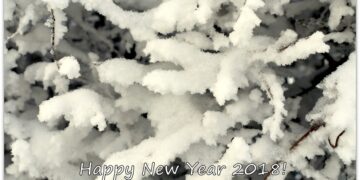
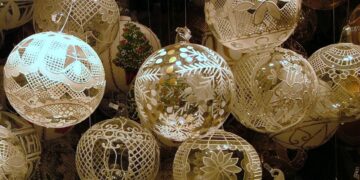
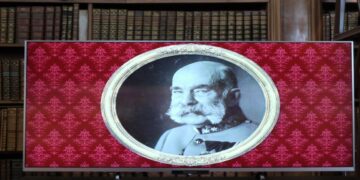
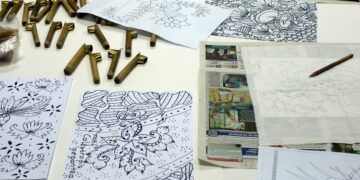
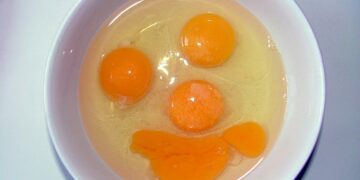

 INTERVIEWS
INTERVIEWS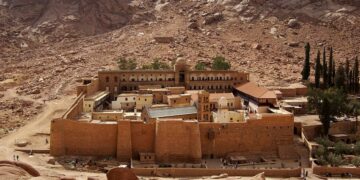
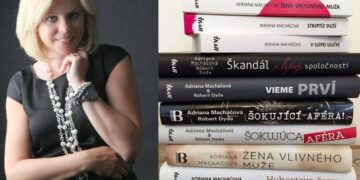






 15 Tips for Oslo in Winter
15 Tips for Oslo in Winter A Postcard from Rome 1
A Postcard from Rome 1 

